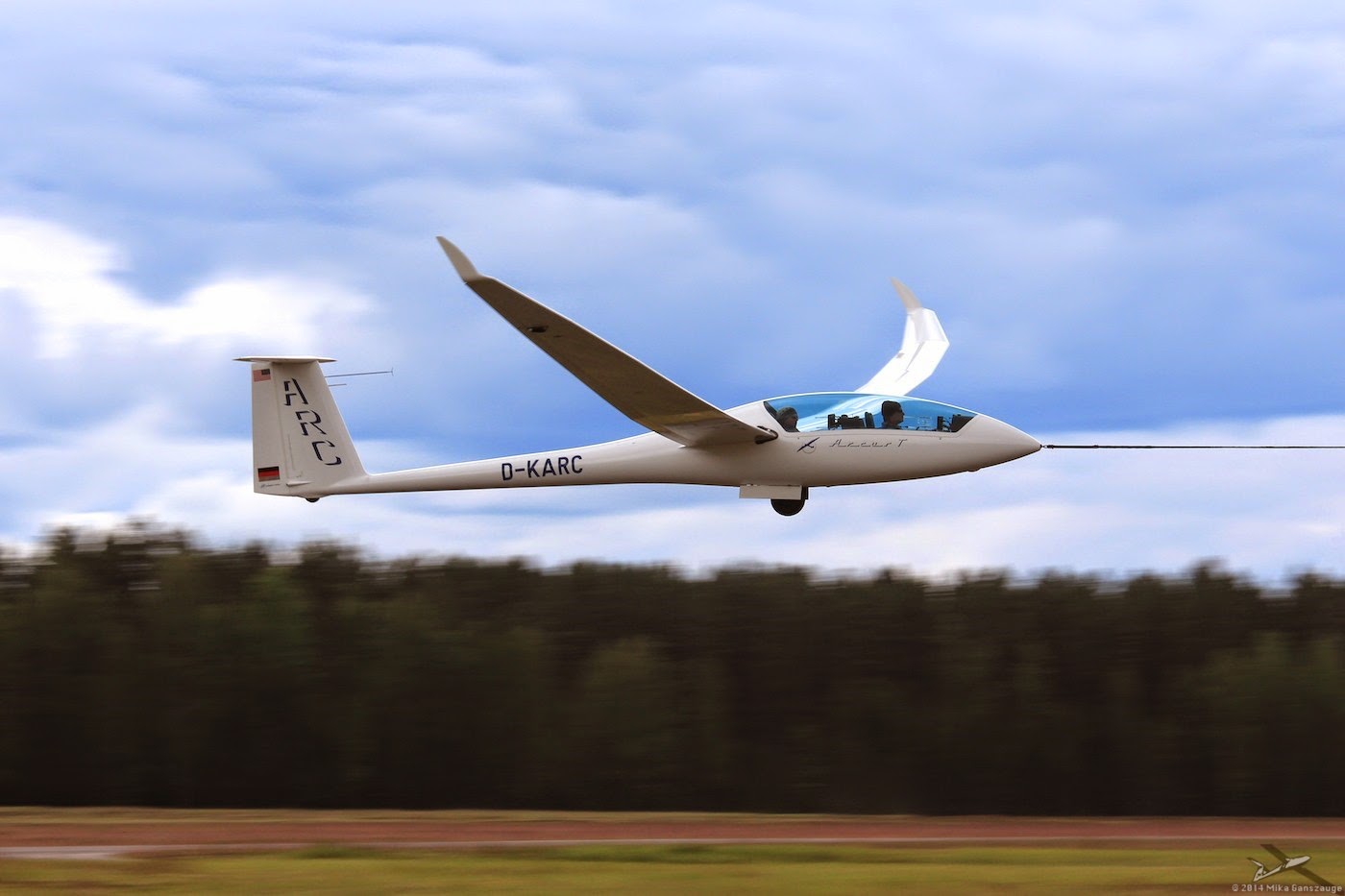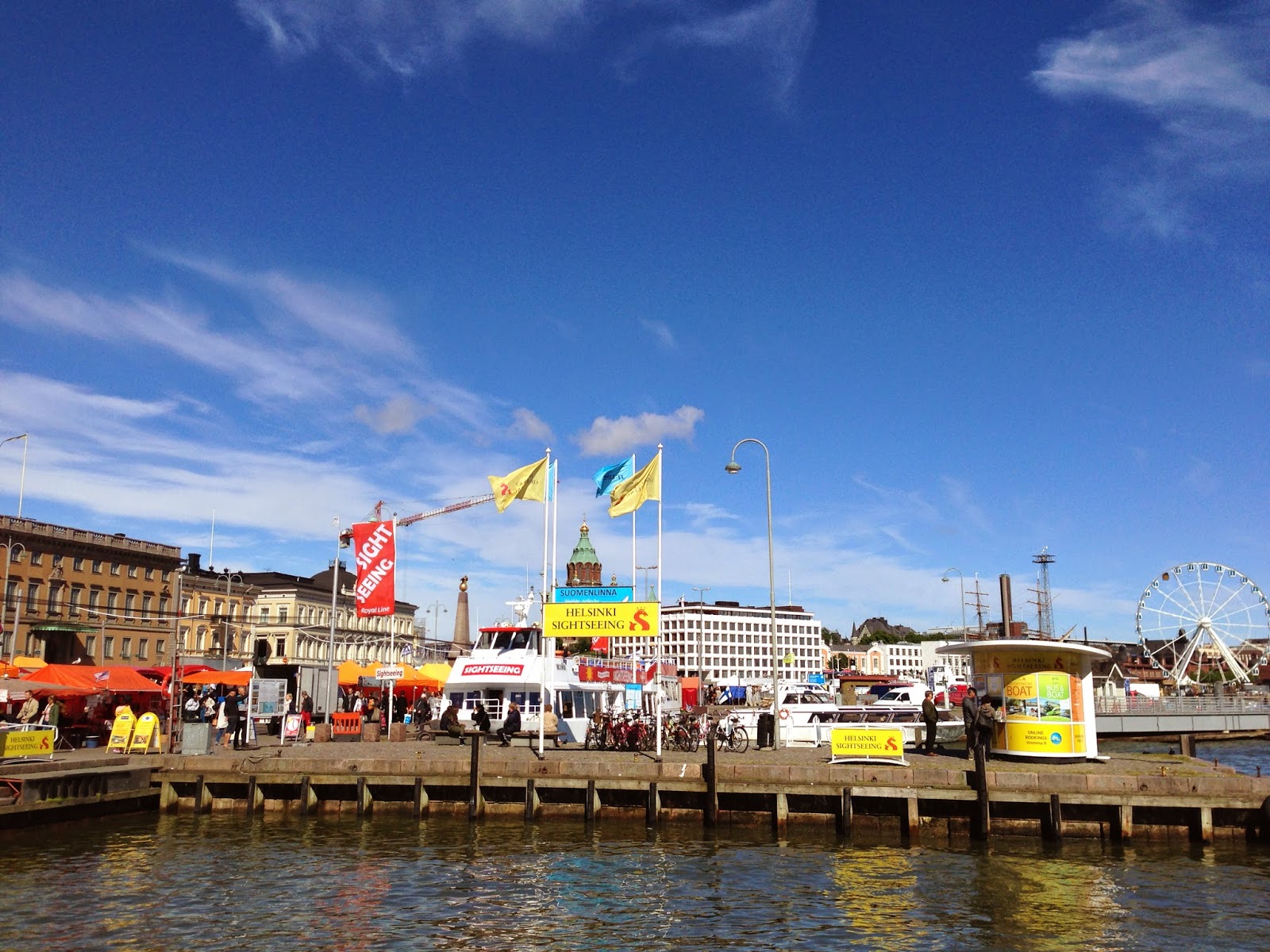WGC2014 – Räyskälä, Finland
5 July (last day of
this contest)
by John Good
US Club Class pilots took advantage of the good conditions
with impressive speeds that put them at the top of the score sheet: Sean Franke
was first (at 96.8 kph) and Garret Willat was second (96.2 kph).
The champions are now determined. In Club Class, steady flying put Eric Bernard
of France on top, just ahead of teammate Killian Walbrou. Give a large measure of credit to team
captain Eric Napoleon, who for years has been able to take a stable of young,
eager, talented pilots and turn them into champions.
Standard Class produced a surprise. Many-time world champion Sebastian Kawa from
Poland led this contest for several days, but fell into second on the
next-to-last day. He’s a formidable
competitor when he needs to come from behind, and many here expected he’d be
able to do this again. But Bert
Schmelzer of Belgium turned in an excellent flight that kept him ahead of Sebastian,
and gave him the winner’s trophy.
20-Meter Multiplace class produced no surprise
yesterday. The “Jones Boys” (Steve and
Howard) were close to perfect in this contest: they won every day but the last
(on which they were second by just 6 points) putting them first overall by an
improbable 871 points. It shouldn’t
really be possible to fly so well that pilots such as Antti Lehto (Finland’s
ace) and Janusz Centka (Poland’s multi-time world champion) are contending only
for second place.
I’ll note that I got to fly yesterday, on the best day
Finland has seen in the past 6 weeks or so.
Jose Otero (crew for Phil Gaisford) and I were packed into a club ASK-21
on rather short notice. The lift was
excellent (7 kts to 6000’), the views of Finnish countryside (through
characteristically clear Finnish air) were grand, and we had to use a lot of
divebrake to be back on the ground ahead of the first finishers (as we’d
promised). While signing the logbook, I
learned that this ASK-21 (which, as is typical of equipment in Finland, is kept
in first-rate condition) is the veteran of 6500 hours in the air, over the
course of 17,288 (!) flights.
We take leave of Räyskälä now, impressed with the site and
the quality of the contest organization, and pleased that the weather “came
right” at the end of the event. It’s worth noting that despite difficult
weather, occasionally crowded skies and many outlandings, the worst damage
seems to have been a gear-up landing at the home airfield.
















































